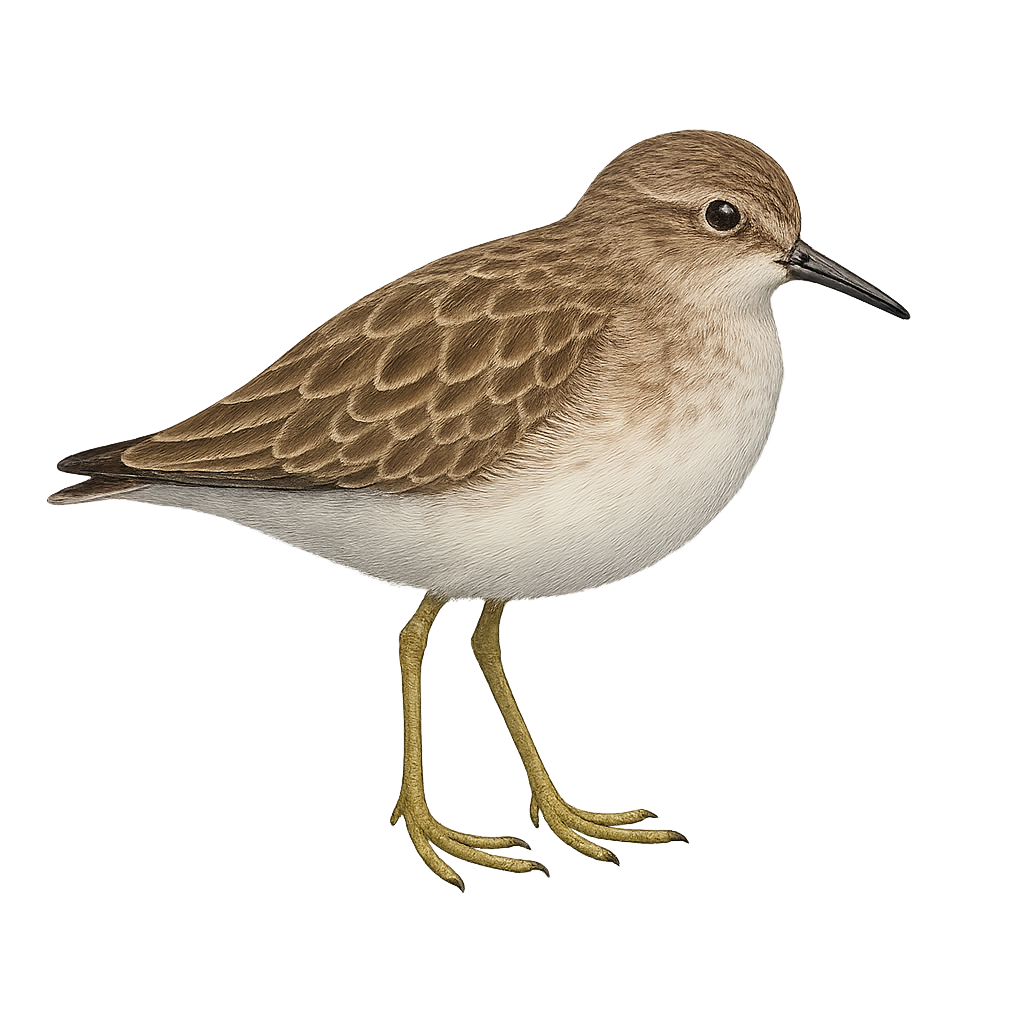Your wildlife photography guide.
Explore the least sandpiper in detail, study its behavior, prepare your shots.
Where to observe and photograph the least sandpiper in the wild
Learn where and when to spot the least sandpiper in the wild, how to identify the species based on distinctive features, and what natural environments it inhabits. The WildlifePhotographer app offers tailored photography tips that reflect the least sandpiper’s behavior, helping you capture better wildlife images. Explore the full species profile for key information including description, habitat, active periods, and approach techniques.
Least Sandpiper
Scientific name: Calidris minutilla

IUCN Status: Least Concern
Family: SCOLPACIDAE
Group: Birds
Sensitivity to human approach: Suspicious
Minimum approach distance: 10 m
Courtship display: May to June
Incubation: 19-21 jours
Hatchings: June to July
Habitat:
Wetlands, marshes, muddy shores
Activity period :
Primarily active during the day, with peak activity in the morning and late afternoon.
Identification and description:
The Least Sandpiper, Calidris minutilla, is the smallest shorebird, measuring about 13 to 15 cm in length with a wingspan of 28 to 32 cm. It has a predominantly brown plumage with lighter underparts and yellowish legs. This bird inhabits wetlands, marshes, and muddy shores, feeding mainly on insects, crustaceans, and mollusks. It breeds in the Arctic tundra and migrates to the southern United States, Central America, and South America for the winter. Its breeding season runs from May to July, typically laying four eggs.
Recommended lens:
400mm – adjust based on distance, desired framing (portrait or habitat), and approach conditions.
Photography tips:
To photograph the Least Sandpiper, focus on wetlands and marshes where it is commonly found. Use a 400mm or longer telephoto lens to capture detailed images without disturbing the bird. Be patient and discreet, approaching slowly to avoid scaring it away. The best lighting is early morning or late afternoon, providing interesting contrasts on its brown plumage.
The WildlifePhotographer App is coming soon!
Be the first to explore the best nature spots, track rutting seasons, log your observations, and observe more wildlife.
Already 1 430 wildlife lovers subscribed worldwide

